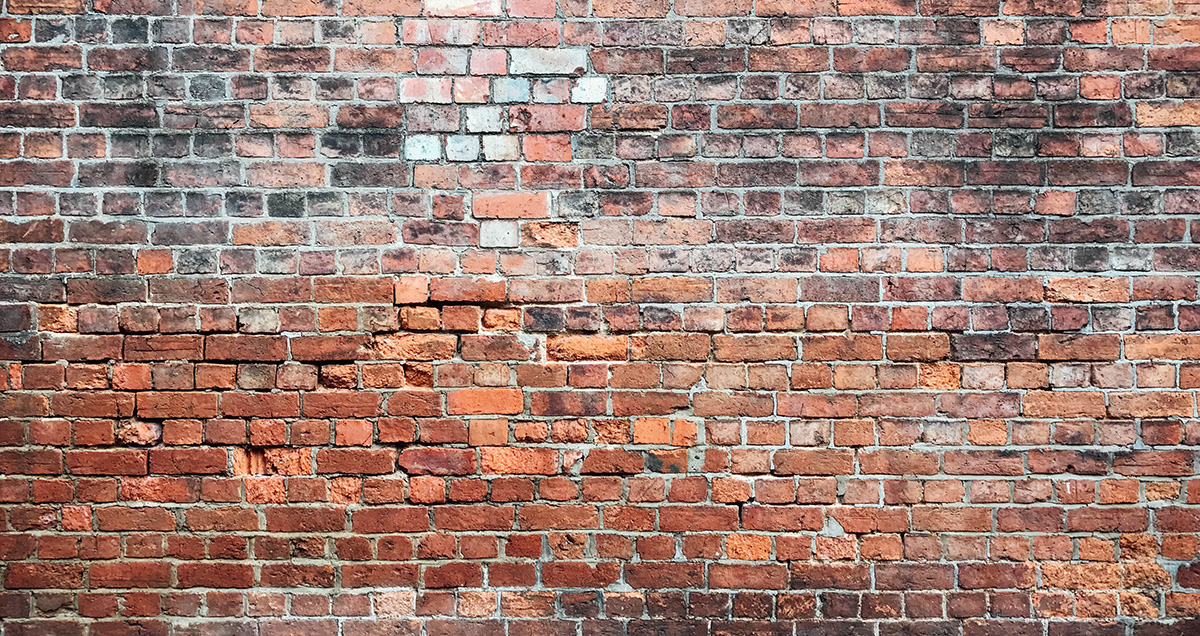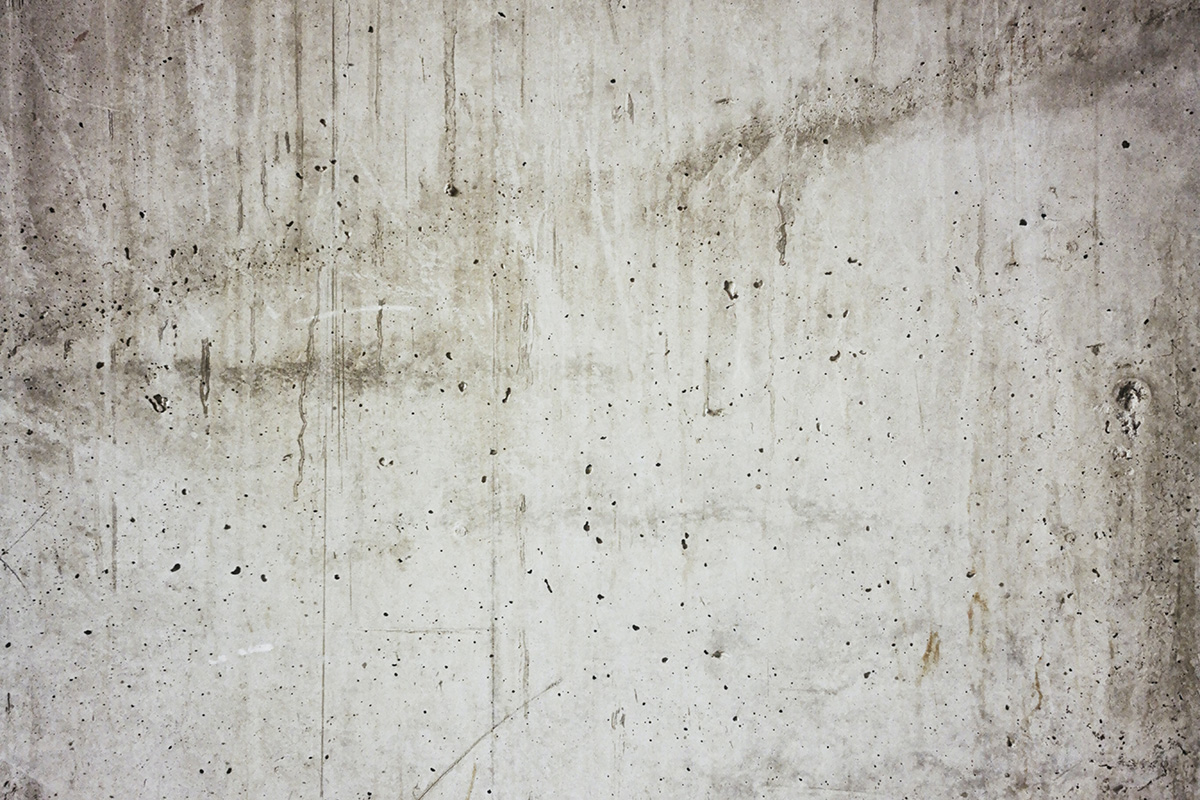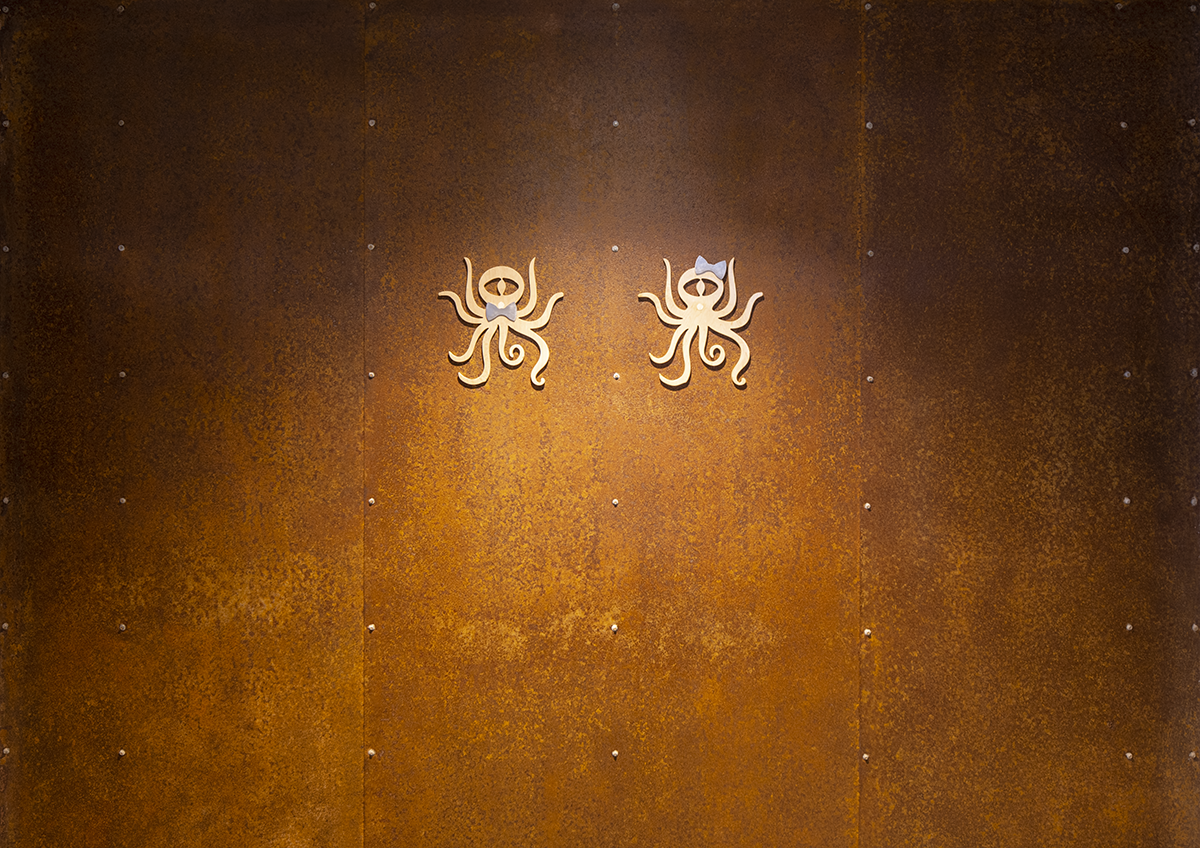Walls, Glass, and Identity
Not only are we disregarding the rules of alphabetization in our glossary, we're also going to repeat a letter. For those keeping track, we're at F-W-W, that first W standing for Window. This one is Wall. Interestingly, a wall cannot be a window, but a window can be a wall. If you hear architects babbling about storefronts and curtain walls, that's what we mean: glass walls.*
But glass walls aren't really where it's at, wall-wise. They're a special case. For most of human history, walls came in two varieties: thick, heavy, tough, and expensive; and thin, light, and (relatively) cheap. The way we build those varieties has changed substantially over the millenia, but the dichotomy remains. Think, in a Middle Ages example, of a Gothic cathedral versus German half-timbered construction. Or, nowadays, concrete block and stone veneer versus wood and stucco. Stonehenge versus a tent. You get the idea. (That glass, by the way? Thin, light, and expensive. But clear. So there's that.)
* The difference: curtain wall is stronger. It can go up the entire height of a tall building, or resist hurricane-force winds, but that makes it more expensive. Storefront is limited in height but less expensive. They can look more or less the same most of the time, though.

Philosophizing About Walls
Dear reader, I think that it's important that you know this: architects go philosophically deep at the least provocation. My college roommate, for example, wrote his masters thesis, in not so many words, on the question "What is a wall?" My own educational experiences featured a professor, who, in his presentation of his personal theory of architecture, used words he had invented. In French. In a lecture to a bunch of kids fresh out of high school. I say this not at all to denigrate my colleagues, both of whom I happen to deeply respect. I believe that it's important in any field, and especially architecture, to question and re-question our assumptions. No, I say this because there's a joy in any pursuit where one valid perspective can be a 50,000 word treatise, and another valid perspective can be "Walls? Yeah, they keep the weather and bugs out."
Yes, we're back to the weather and bugs. So much of our work is ultimately about weather and bugs, with the occasional vertebrate thrown in. I say that flippantly, but the challenge is real. Or, cast philosophically, we are ever at odds with the inexorably grinding forces of entropy, the choatic reality of the universe, the ever-losing battle of order and disorder, which is the ultimate explanation for why walls have to be repainted, so I suggest you ponder the heat death of the universe the next time you have to pull out your paint roller.
But the proximate explanation is back to weather and bugs. Walls are what separate us from the elements, and the ability to construct them is one of the basic components of culture. Interesting note on that -- walls are, truly, culturally derived. Available materials, skilled labor, general custom, and the rules that society makes about building (i.e., building codes) all significantly impact what type of wall is built in various places. That means, roughly, that you could make a map of the world based on wall construction with surprisingly little overlap between countries, if you account for some of the technological differences in what appear to be similar walls.

Technological Differences
Raise your hand if you think that technology in architecture evolves rapidly. I can't see you, but I'll assume your hand is raised. Ha, you're wrong. The pace has definitely picked up over the past 50 years, but honestly, it took two millenia to get from concrete to drywall. There are a few new-ish things around, like structural insulated panels and that whole print-a-building thing that has been almost here now for two decades, but by and large, progression in building technology is a matter of doing the same things in slightly better ways. I.e., advances in fluid-applied waterproofing may mostly supplant self-adhesive sheet waterproofing. I know you're excited.
That said, the level of sophistication in walls is significantly higher than it was 200 years ago, driven by that process of incremental improvement. We now understand, and incorporate, separate layers which seal against air intrusion, insulate against heat and cold, and create a protected drainage plane. The majority of wall construction now is a cavity wall, basically meaning that it's a series of layers which all perform different jobs. When you put them together, you get a wall that punches above its weight (literally -- remember our initial separation of walls into heavy and light).
Modern life has made the work of a wall a lot harder: we expect a much higher degree of climate control and general comfort than did our ancestors, and that places complex demands on the components of a wall system. Where before an architect could just plunk down hundreds of tons of stone and expect the thickness and mass of it to control the interior climate of the building sufficiently well, now every step of that has to be intentional. That has, arguably, taken architecture further away from the world of art and closer to the world of engineering.

Return
So, in the end, we've traded away mass in favor of multi-layered thin systems in the service of finding less expensive ways to do the same things. Sometimes technology is used to send people to the moon, and sometimes it's used to stop leaks. Such is advancement.
But let's close by again philosophizing about walls. To be honest, walls are treated like a commodity in the architecture world, to the extent that many of us don't really think about them that often. And that's a shame -- in so many other creative fields, re-examination and invention is taken as a given of the art, while in architecture (especially in the commercial, institutional, and ordinary residential worlds), innovation has been passed aside in favor of efficient perfection. We should move past that as a profession. Anyway, here's Wonderwall.
